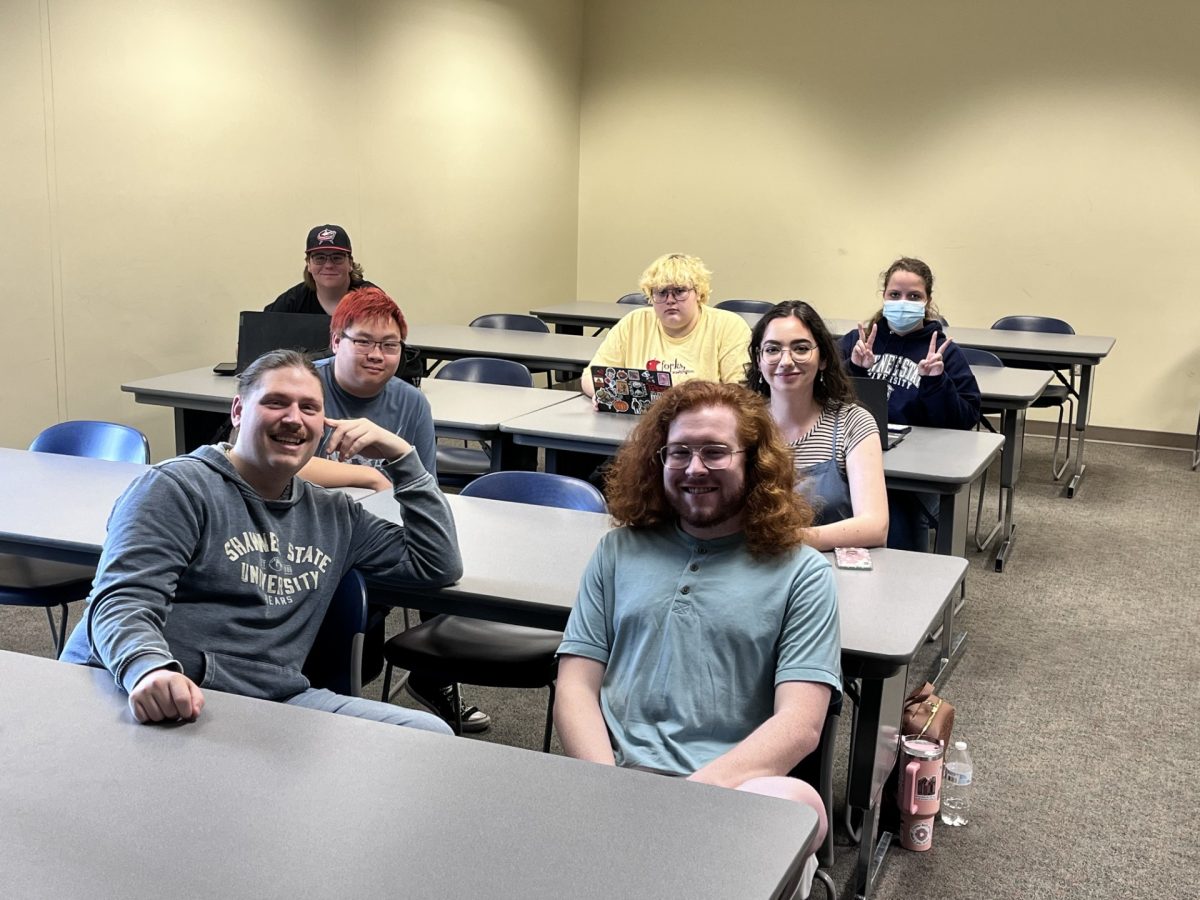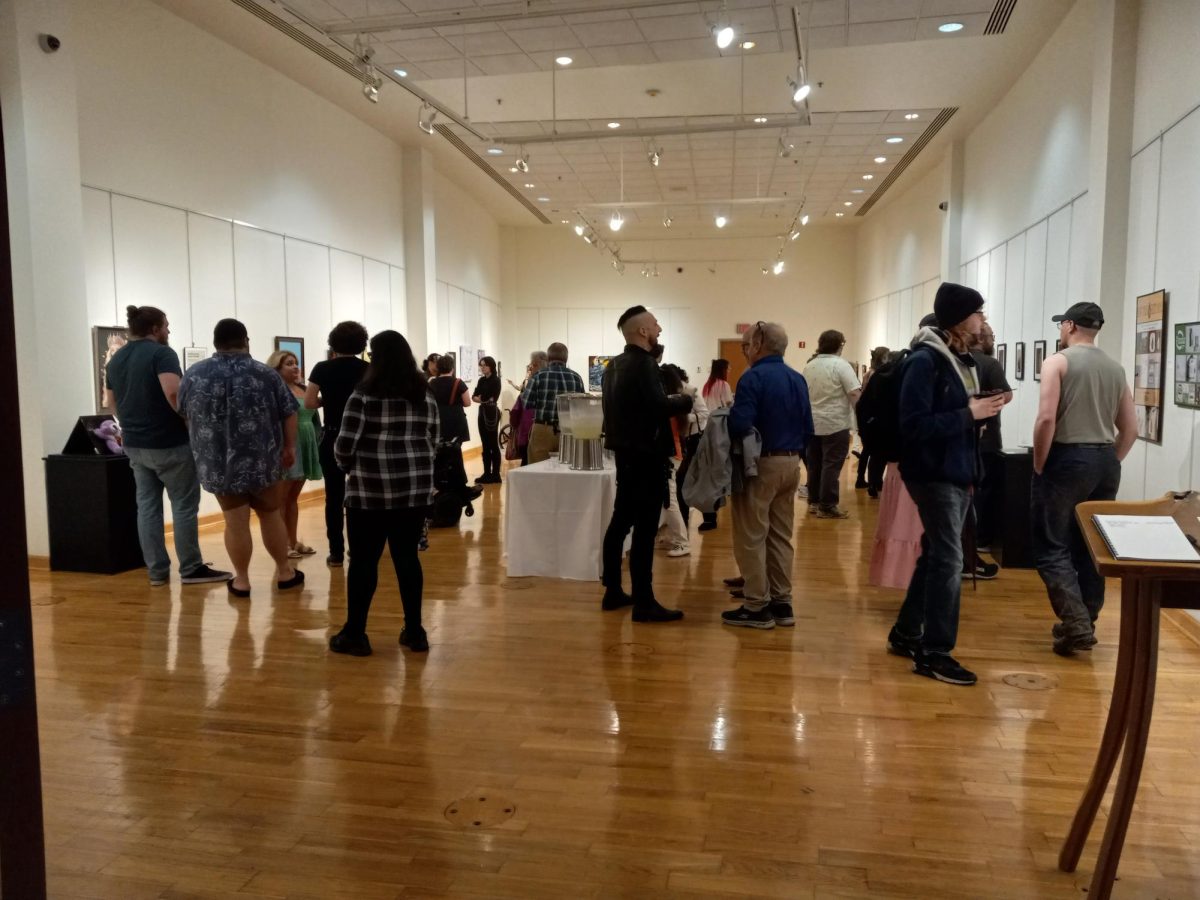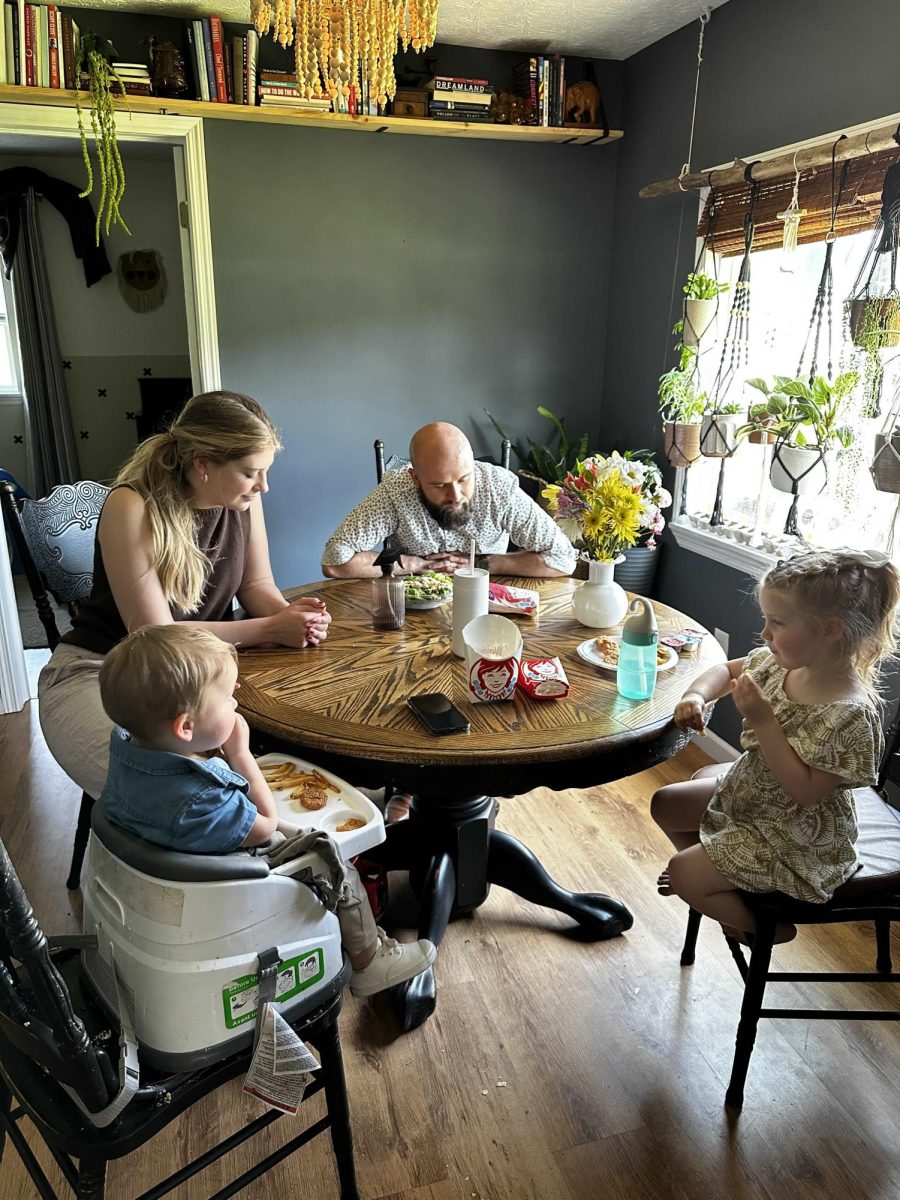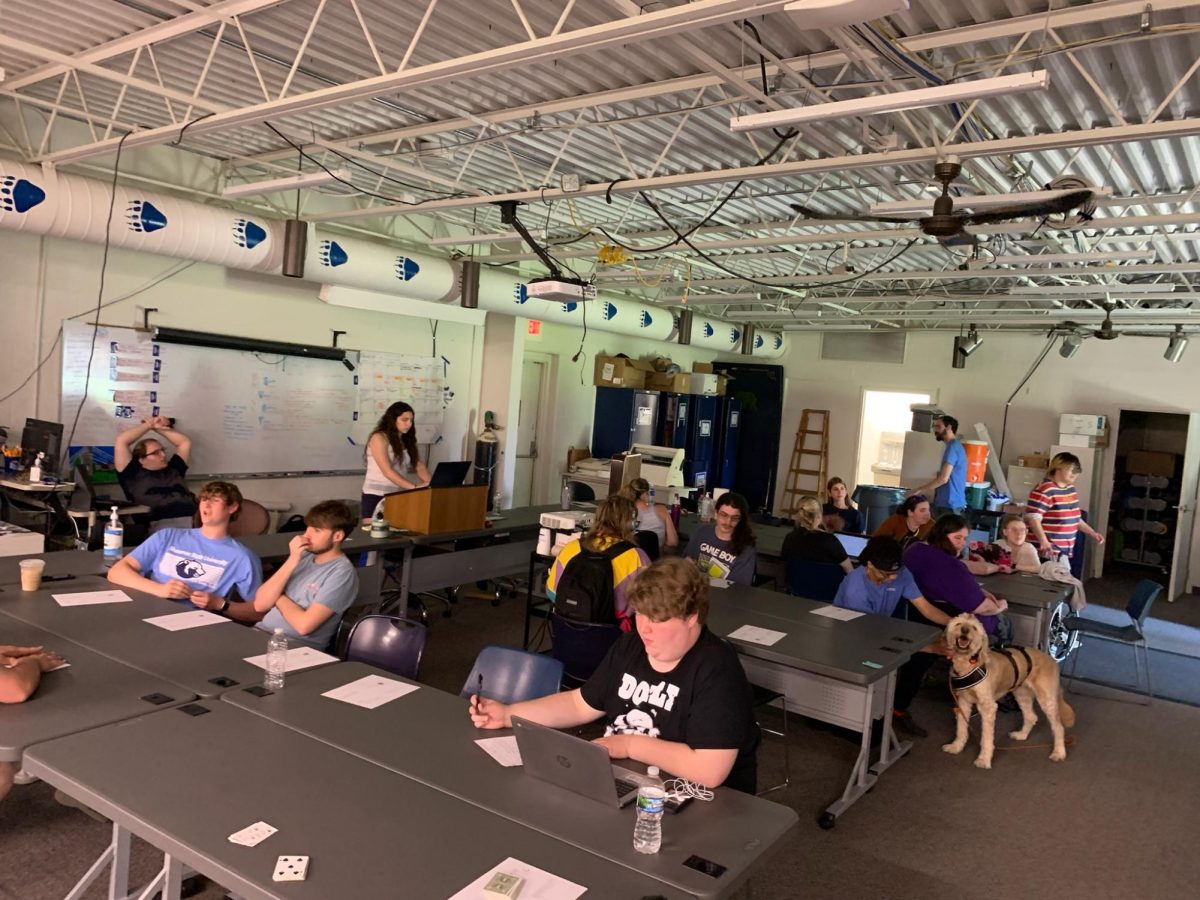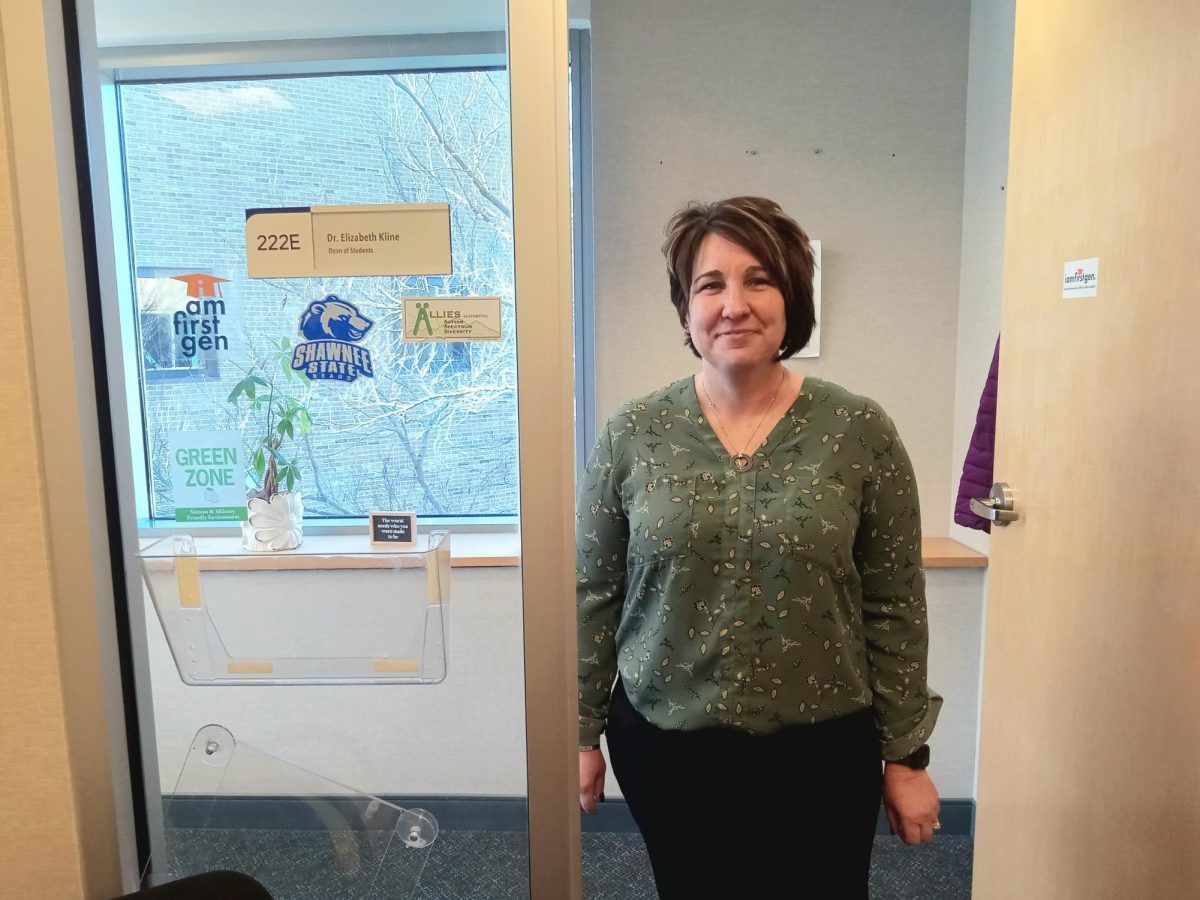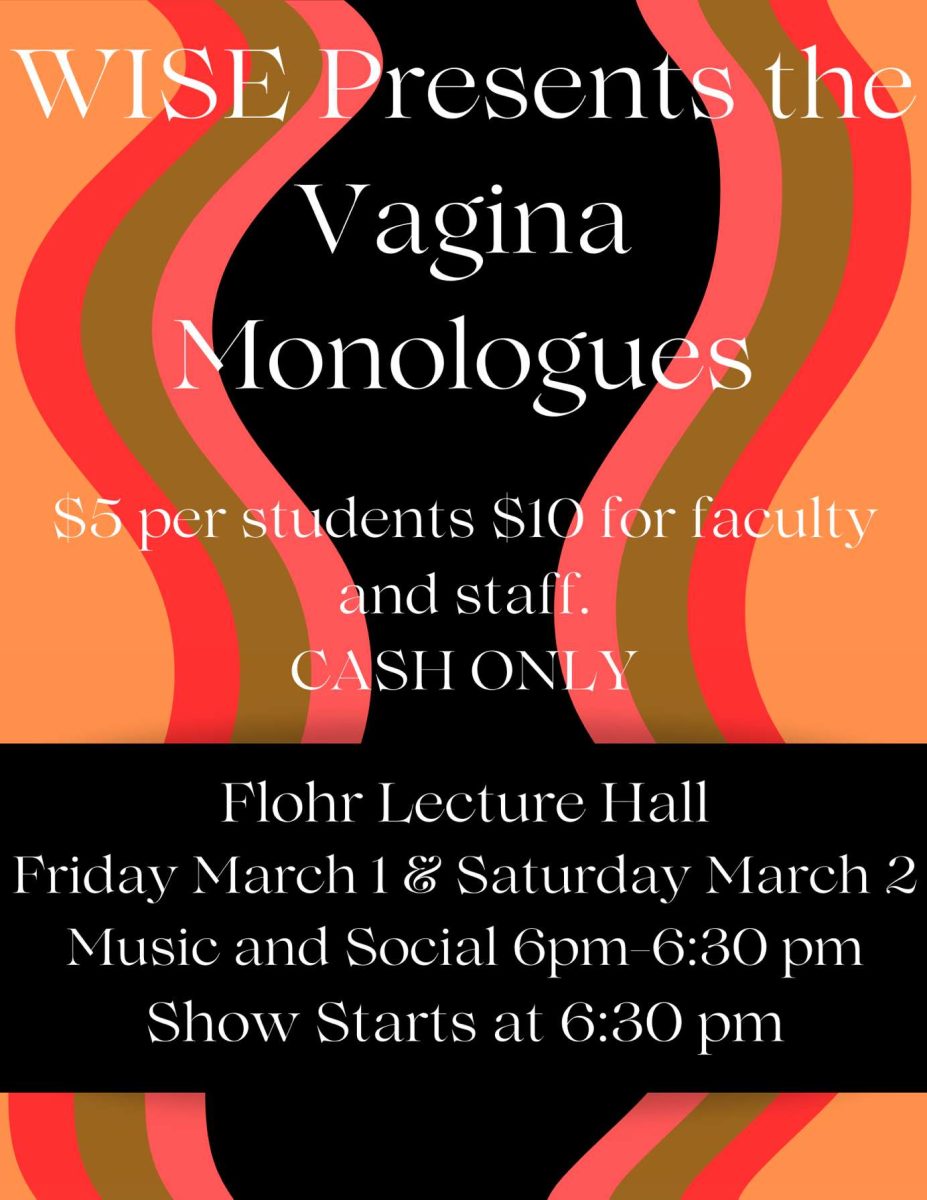Insiders and outsiders alike have discussed Appalachia and its culture, and not always in ways that reflect the region’s complexity. Janet Feight, an English professor at Shawnee State University (SSU), sheds some light on what Appalachia truly is. Appalachia is defined not only by the physical region but also by the cultures and heritages that are represented in that region.
Appalachia often has been misrepresented by outsiders, those who do not live in the Appalachian region. These misrepresentations have harmed the image of Appalachia through the spreading of myths.
Appalachia has been defined by many as impoverished, homogeneous and isolated.
“There is a degree of poverty or isolation, but that does not stand in wholesale for the entire region,” Feight said. “That is dramatic oversimplification rather than wholesale falsehood.”
Photographers and outside journalists visit various parts of Appalachia to get images and stories about those living in poverty. These representations reinforce myths about the region.
“Poverty porn is one of the bigger problems,” Feight said. “It is tempting for photographers to take pictures of people who live in places that are not as supported. People might be struggling, and to take a picture of that moment, and let that image be definitive is wrong. It does not capture the diversity of the area, and it exploits those who are struggling. Quite frequently it is about rigid class stratification instead of a culture of poverty. They want to provide people with images they can consume, and it is a blame game. It’s much more complicated than those images would suggest.”
Rather, Feight noted, the region is very diverse, and some of the cultures in the region are unique. Affrilachia, or Culturally Black Appalachia, as coined by Frank X. Walker, is one of the interesting cultures represented among the many that the Appalachians call their own.
Appalachia is not just one homogeneous culture or race; instead it is many races and cultures coming together. Feight stated that Affrilachian identity, like that of many other Appalachian people, tends to get erased with the myths that are spread.
Appalachia, as defined by the Appalachian Regional Commission (ARC), is “made up of 423 counties across 13 states and spans 206,000 square miles, from southern New York to northern Mississippi.” The ARC also states that residents in the region live in “parts of Alabama, Georgia, Kentucky, Maryland, Mississippi, New York, North Carolina, Ohio, Pennsylvania, South Carolina, Tennessee and Virginia, and all of West Virginia.”
Feight gave some insight on how to help spread the truth about Appalachia and its residents.
“It doesn’t hurt to be from here,” she said. “When you’re from here, you recognize that the images from the media are wrong, and they don’t represent the people you know.”
She also said that she is happy to see Appalachian studies courses being offered at colleges and universities. Professor Feight teaches an Appalachian studies course at SSU herself. She also stated that individuals must educate themselves. There are any number of good books written about Appalachia from Appalachian writers.
“There is an entire history of these ideas that date back to the late 19th and early 20th centuries,” Feight said. “It is not easily unpacked in a short time.”
She explained that Appalachia is incredibly complex and diverse, so a quick and easy answer is most likely lacking.
To learn more about Appalachia, visit the ARC website here.
